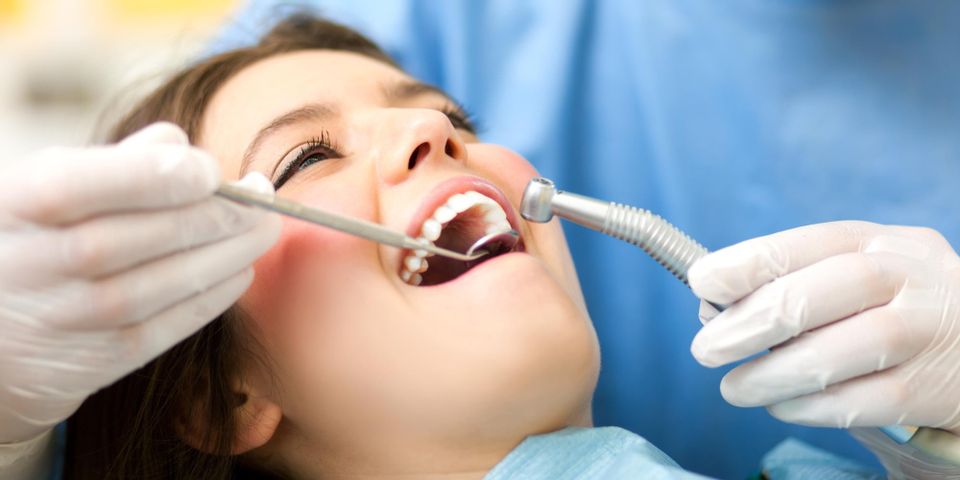
If the thought of dental work makes you nervous, it can be hard to make it to your regular appointment with the dentist. Luckily, these professionals can employ various sedation dentistry techniques to ease any fears. Below are a few options that can put you at ease and safeguard your oral health.
3 Types of Sedation Dentistry
1. Nitrous Oxide
Nitrous oxide, also called laughing gas, is an inhaled analgesic that gets administered through a nose mask and absorbed into the bloodstream through the lungs. It helps patients relax and feel more comfortable, while also offering mild pain relief.
When coupled with traditional pain blockers and local anesthetics, it creates a more relaxed dental care experience. Additionally, nitrous oxide is fast-acting and leaves the body quickly, helping patients return to their everyday lives rapidly post-appointment.
2. Oral Sedation
 When patients need a higher level of anxiety relief, dentists may prescribe medications for them to take before their appointment. For instance, if you have a mental impairment that makes it difficult to sit still, you have a strong gag reflex, or you are one of the millions of American adults who avoid dental procedures because of significant dental anxiety, oral sedation could help.
When patients need a higher level of anxiety relief, dentists may prescribe medications for them to take before their appointment. For instance, if you have a mental impairment that makes it difficult to sit still, you have a strong gag reflex, or you are one of the millions of American adults who avoid dental procedures because of significant dental anxiety, oral sedation could help.
Common examples of medications that help with relaxation and pain relief include Halcion or Valium. However, since these medicines can impact your entire body, you will need to arrange a ride to and from the dentist. Additionally, since these medicines can affect your body for hours or make you groggy, you may need to adjust your daily routine to allow time for rest after your visit.
3. IV Sedation
When patients need a customized approach to pain and anxiety relief, IV sedation is a frequently used option. The dentist can carefully control the level of sedation a patient requires, while monitoring their vital signs closely throughout the procedure. IV sedation starts working immediately after the medication starts flowing, and the dentist can adjust the sedation levels during the procedure to help you be as comfortable as possible.
There are three levels of IV sedation: moderate, deep, and general. Patients breathe on their own and sleep during moderate and deep sedation. In contrast, general sedation, also known as general anesthesia, is performed at a hospital and is generally used for complex dental procedures, such as when placing dental implants.
If you deal with dental anxiety, let Cooper Family Dentistry help. Conveniently located in Gilbert, AZ, they can help you relax while taking care of your smile concerns. From general family dentistry to full smile makeovers, Dr. Marra and Dr. Andersen can strengthen your oral health and hygiene. To learn more about how this dentist can help, visit their website or give their office a call at (480) 964-1000.
About the Business
Have a question? Ask the experts!
Send your question

